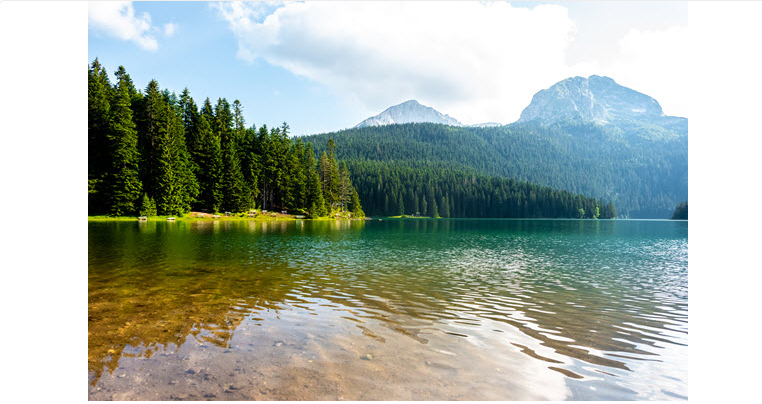Preserving Aquatic Ecosystems for Environmental Sustainability by Protecting Water Resources

Preserving aquatic ecosystems is crucial for environmental sustainability, as these ecosystems play a vital role in maintaining biodiversity, regulating water quality, and supporting various life forms, including fish, plants, and microorganisms. Protecting water resources is essential for ensuring the long-term health of aquatic ecosystems and the overall well-being of our planet. Here are some key strategies to consider:
- Sustainable Water Management: Properly managing water resources involves balancing water supply and demand to prevent overuse or depletion. Implementing water conservation measures, such as efficient irrigation practices in agriculture and responsible water use in industries and households, helps reduce stress on aquatic ecosystems.
- Watershed Protection: Watersheds are interconnected networks of rivers, lakes, wetlands, and other water bodies. Protecting entire watersheds helps maintain water quality and prevent pollution from reaching water bodies. Land use planning, reforestation, and erosion control measures are important for safeguarding watersheds.
- Pollution Control: Controlling pollution is essential for maintaining water quality. Implementing and enforcing regulations to limit industrial, agricultural, and urban runoff pollution, as well as promoting proper waste disposal practices, are vital steps to prevent water contamination.
- Habitat Restoration: Restoring degraded aquatic habitats, such as wetlands, coral reefs, and mangroves, helps rebuild ecosystems that provide habitat for a wide range of species. This can involve removing invasive species, replanting native vegetation, and creating artificial habitats.
- Marine Protected Areas (MPAs): Establishing marine protected areas helps conserve marine biodiversity by limiting activities such as fishing, mining, and tourism in sensitive areas. MPAs can also aid in the recovery of overexploited fish populations and protect fragile ecosystems.
- Climate Change Mitigation and Adaptation: Addressing climate change is crucial for the health of aquatic ecosystems. Reducing greenhouse gas emissions and promoting renewable energy sources can help mitigate the impacts of climate change. Additionally, planning for the adaptation of aquatic ecosystems to changing conditions, such as rising sea levels and altered precipitation patterns, is essential.
- Education and Awareness: Raising public awareness about the importance of preserving aquatic ecosystems and protecting water resources can lead to more responsible behaviors and support for conservation efforts. Education can also empower communities to take action and advocate for policy changes.
- Collaboration and Partnerships: Addressing the complex challenges facing aquatic ecosystems requires collaboration between governments, NGOs, businesses, and local communities. By working together, stakeholders can pool resources, knowledge, and expertise to develop effective conservation strategies.
- Scientific Research: Continued research is essential for understanding the dynamics of aquatic ecosystems, identifying emerging threats, and developing innovative solutions. Scientific insights can inform policy decisions and management strategies.
- Integrated Water Resource Management: Adopting integrated approaches to water resource management considers social, economic, and environmental aspects to ensure that water resources are used efficiently and sustainably.
Preserving aquatic ecosystems and protecting water resources are ongoing efforts that require a combination of policy changes, community engagement, technological advancements, and long-term commitment from individuals, governments, and organizations. By adopting these strategies, we can work towards a more sustainable and resilient future for our planet’s aquatic ecosystems.




